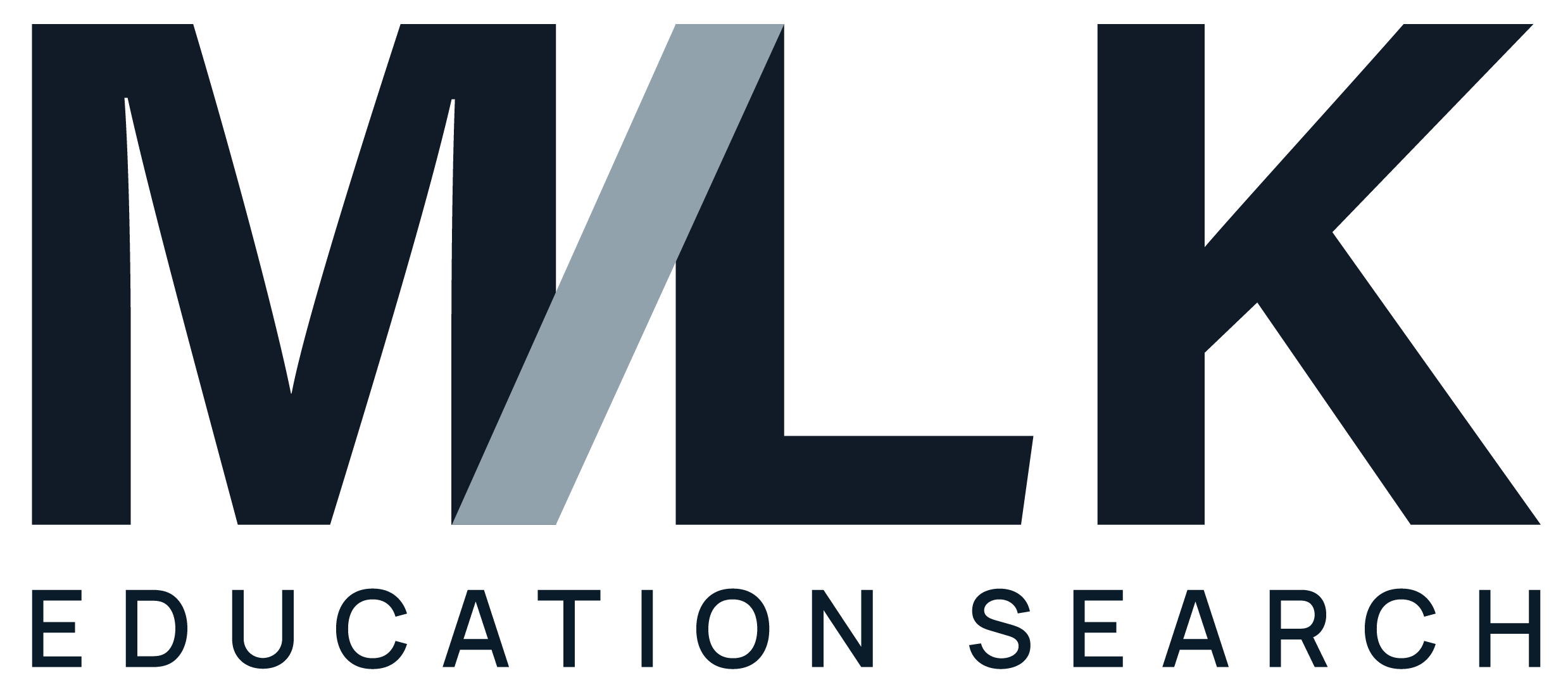- By Steve Lyons
How does your educational environment stand up for diversity and inclusion?
Can you do more for diversity in the classroom – and beyond?
What does it mean to be an inclusive school?
Creating an inclusive working environment is important to ensure all staff and students – despite their sexual orientation, gender identity, ethnicity, disability, social class, religion, or age – feel comfortable, embraced, and accepted as an individual.
Stats about LGBTQ2+ discrimination in the school environment:
- 42% of LGBTQ+ school pupils have been bullied in the past year, double the number of non-LGBTQ+ pupils (21%)(GayTimes)
- One in five (18%) LGBTQ+ pupils also said they’ve never told anyone about being bullied, and just 21% informed a teacher(GayTimes)
Stats about LGBTQ2+ discrimination in the work environment:
- At work, 67.5% of LGBTQ+ employees reported hearing negative slurs, jokes or comments, about LGBTQ+ people(Druthers Search)
- 29.8% of LGBTQ+ employees reported experiencing at least one form of employment discrimination(Druthers Search)
- The lack of diversity in the workforce would cause 41% of LGBTQ+ job seekers to not apply to a job at a company(Druthers Search)
This blog will outline key topics that should be at the forefront of educational professionals’ minds – preventing further discrimination in the school environment, and will provide your school with ideas and strategies to ensure a diverse and inclusive environment and plan.
Topics include:
- Awareness of unconscious bias
- Communication & open dialogue
- Developing a training plan
- Acknowledge cultural holidays & practices
Being an inclusive environment starts with being aware of unconscious bias in the classroom, acknowledging and eliminating it.
It’s important to educate staff (and students!) on the types of unconscious bias and the consequences that can come from this.
5 types of unconscious bias in the workplace: (Source: The HR Source)
- Affinity Bias
Favouring people who are similar to us, who we connect to - Halo Effect
Focusing on one great attribute of someone, rather than the whole picture - Horns Effect
The opposite; being influenced by a negative trait in your perception of someone - Attribution Bias
Assessing other’s achievements as a result of luck, and failing as a result of their personality - Confirmation Bias
The tendency to search for and focus on preconceived opinions (and judgement)
Awareness of bias is key to ensure that a) hiring is unbiased, and b) the general office culture and environment is inclusive and open to diversity.
Educating employees and students on racism, diversity, inclusion, and unconscious bias can prevent and target bias in the general workplace and classroom.
- Communication & Open Dialogue
Encouraging a culture of ‘checking in’, with frequent communication and dialogue with all staff and students to ensure their needs are met and their experience is positive.
Create an environment where everyone feels comfortable expressing opinions and experiences, and opening the dialogue around diversity in the classroom, staff room, or wherever.
School and the workplace should be a safe space for staff and students, and embody a culture where every single voice is not only heard – but welcomed and respected.
- Developing a Training Plan
Could you offer a training plan for your teams? For the teachers or support staff? As well as creating a diverse and inclusive space, a training plan could work well to solidify those ideas and provide a better understanding for leaders and staff alike. Knowing your teams, and support have gone through training can ensure you are building a culture and business focused on inclusion. Also, this extends to the classroom environment, as they can pass this training to the students and influence in a positive way.
The simple steps to create a diversity training plan for your teams:
- Conduct an internal census
- Review and identify areas of concern
- Creating or Sourcing training content
- Measuring and sharing the results
Part of creating an inclusive environment, and improving engagement, retention, and a positive space could also look like developing a Mental Health training plan.
1 in 4 of us will experience a Mental Health problem each year. But do your staff or students know how to reach out for support?
Some of your team, especially management, should be Mental Health first-aid trained in order to provide that support when needed! Or prevent situations from escalating.
What does MHFA training cover?
- Risk factors & warning signs
- Strategies for helping someone in crisis and non-crisis situations
- Where to find help
Topics:
- Depression & mood disorders
- Anxiety disorders
- Trauma
- Psychosis
- Substance use disorders
Book MHFA trainer Christine Clark for your business! With over 20 years’ experience providing mental health training across the business sector, from psychological resilience and wellbeing to crisis intervention. Take a full day course…
For more information, get in touch with us on 0113 418 0500…
- Acknowledge Cultural Holidays & Practices
Embracing everyone’s religion, cultures, and practices – ensuring the environment is inclusive and there is opportunity to embrace each student’s beliefs or practices. This also extends to staff beliefs and practices.
Reviewing the holiday calendar, and planning when you can implement the different holidays into the curriculum – or plan themed events – which shows support and allyship for those cultures/communities, whether that’s important for staff or students.
Workplace cultural inclusion can increase employee and student engagement, productivity, creativity and innovation.
The importance of talking about diversity & inclusion all year round
Diversity and Inclusion isn’t just a novelty, or a one-time presentation that staff are shown, or students are taught about – it needs to be a solid part of the curriculum and the employee-support strategies.
Need assistance with your diversity and inclusion strategy? We can help!
We can also help you achieve:
- Anti-racist school status
- Rainbow flag status
- Mental Health first aid trained status
Some more interesting stats…
- 73% of employers say diversity encourages creative and innovative thinking
- 67% believe that diversity is important so that their workforce can reflect the community they operate in
- 54% say diversity is crucial to ensure that they are doing business ethically
- 51% believe diversity helps introduce staff with unique skills into the workforce




